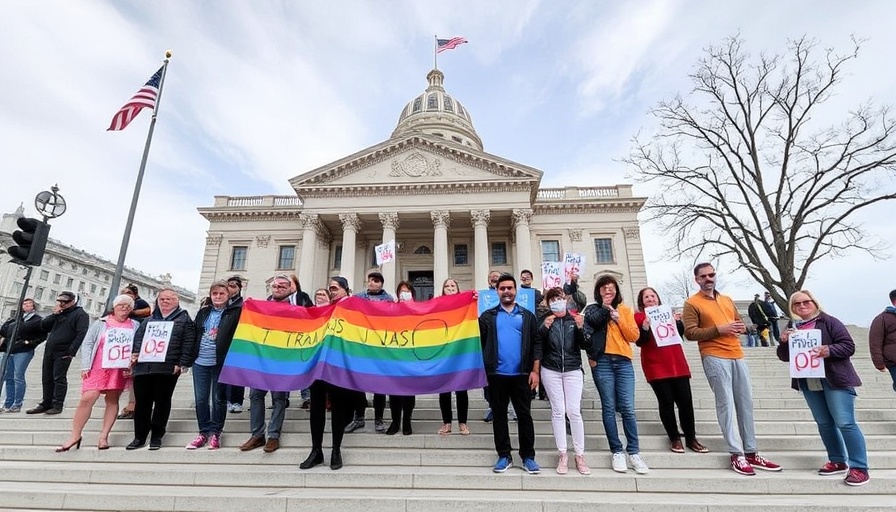
Trans Joy Shines at City Hall: A Celebration of Progress
On August 14, advocates and supporters of transgender rights gathered on the steps of New York's City Hall for a moving "Trans Joy" rally. This event marked a moment of jubilation as the city unveiled significant advancements in funding for transgender and LGBTQ+ initiatives, celebrating tangible outcomes from the recently adopted $112 billion dollar budget for 2026.
A Vision of Support and Equity
The budget allocated a groundbreaking $13.75 million specifically for transgender and queer initiatives. The funding is earmarked for various critical services, including $6.4 million for trans equity programs, $3.5 million for gender-affirming healthcare, and $5 million dedicated to supporting LGBTQ+ homeless youth. Such allocations signal a shift towards acknowledging and addressing systemic inequities faced by these communities.
Legislative Alliances: A Path Forward
Key figures at the rally emphasized the importance of these financial commitments. NYC Council Member Erik Bottcher remarked, "If you don’t come through with the funding that the trans community needs, we’ve failed." This sentiment underscores the urgency of both legislative advocacy and fiscal support in effecting real change for marginalized groups.
Transformative Legislative Initiatives
This year, initiatives introduced include important legislative measures aimed at enhancing healthcare accessibility for transgender individuals. NYC Public Advocate Jumaane D. Williams championed two bills, requiring health departments to inform hospitals about the rights of transgender patients, helping bridge critical gaps in healthcare delivery.
The Role of Allies in Driving Change
The rally also highlighted the crucial role of allies within the government. Williams candidly shared his own journey to becoming an advocate, stating, "Ten years ago, I probably would not be the author of the two bills I’m authoring today." His honesty illustrates how personal transformation can influence policymaking and drive supportive action for trans rights.
Building a Resilient Community
As we celebrate these successes, the rally also served as a reminder of the ongoing struggle for trans rights. The palpable joy felt by participants is complemented by a renewed commitment to confront the challenges that persist in achieving equity. Moving forward, community engagement and continuous advocacy will be essential in ensuring these advances translate into thorough systemic change.
Lessons from this event resonate deeply—advocacy and budgetary commitments together create a framework for empowerment and prosperity within the transgender community. As we highlight these victories, let us not forget the importance of solidarity and the call to action to continue forging pathways for equity.
 Add Row
Add Row  Add Element
Add Element 



Write A Comment